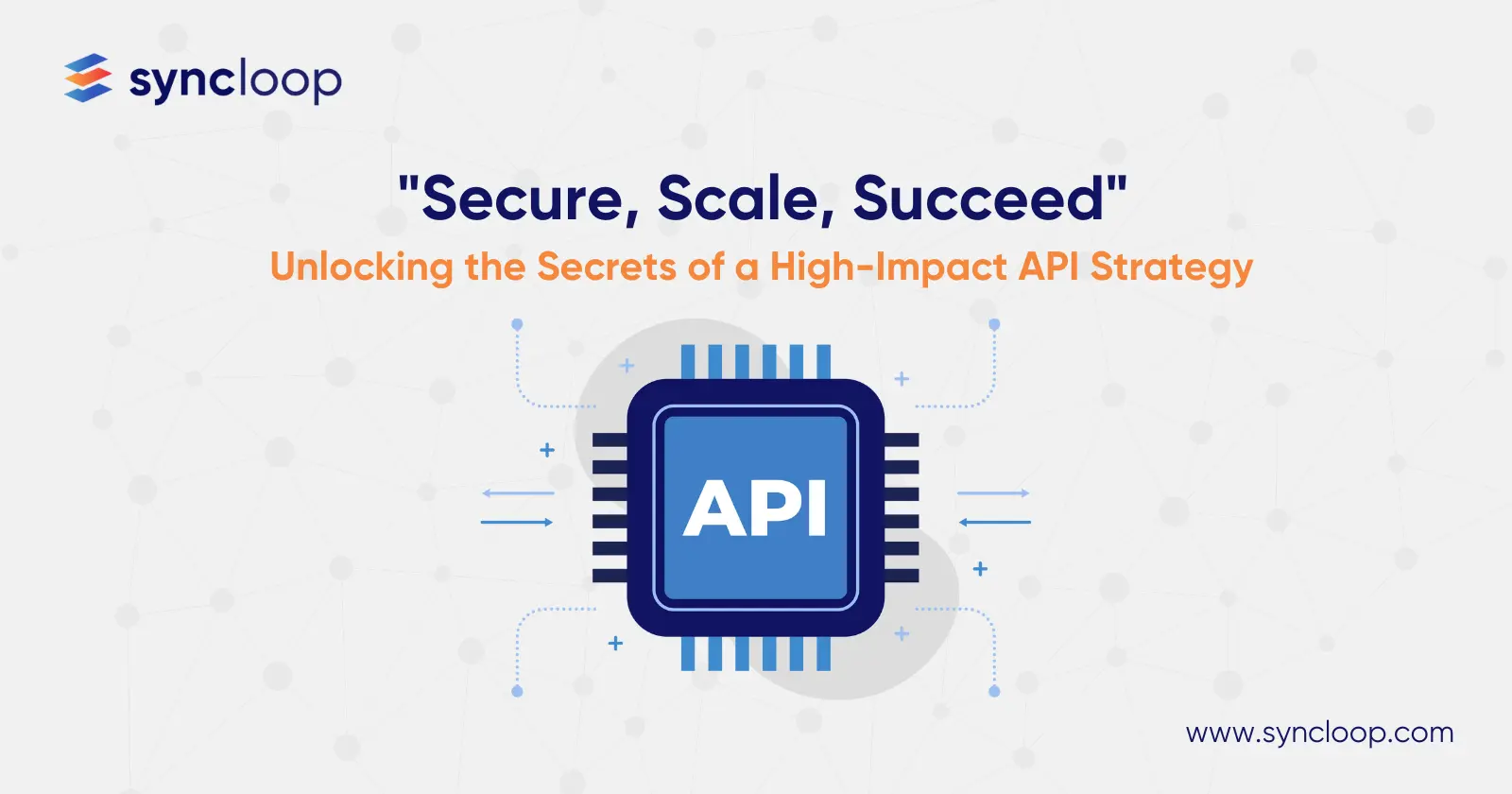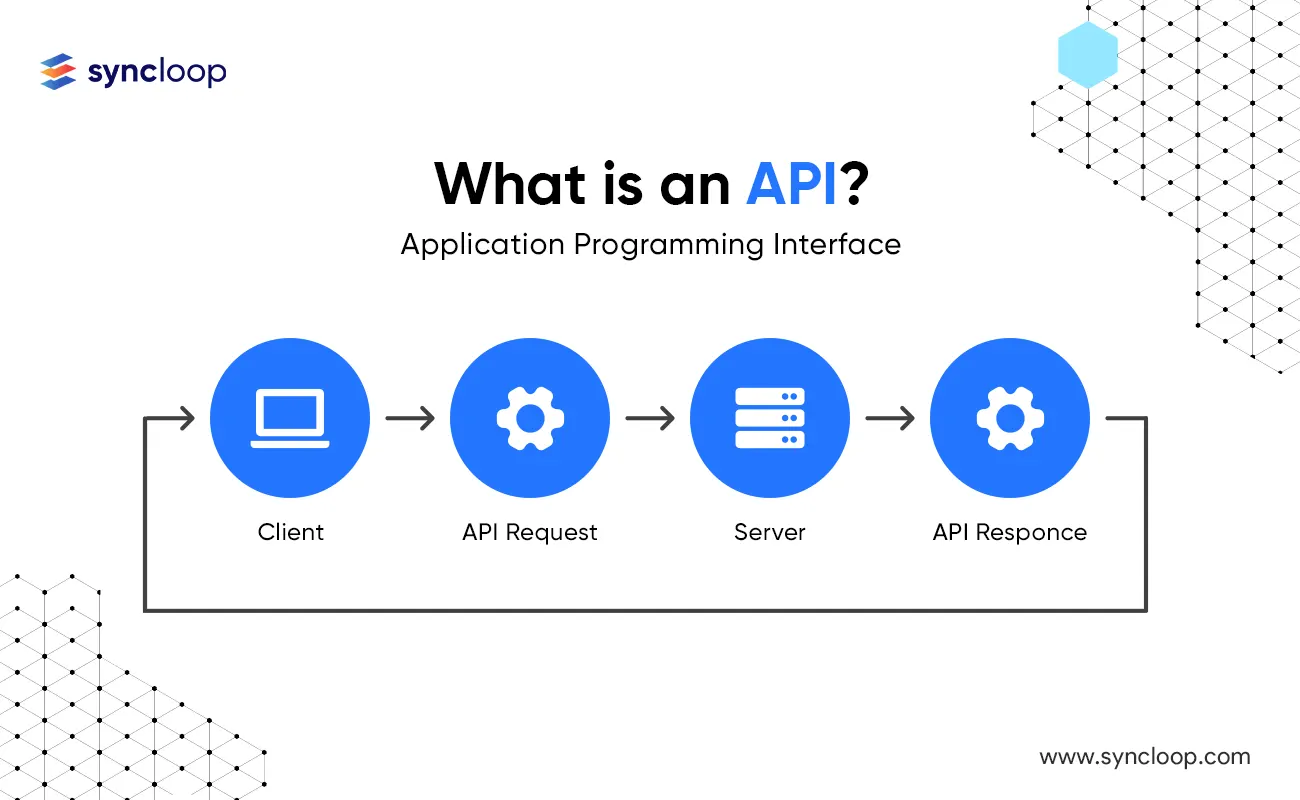Secure, Scale, Succeed: Unlocking the Secrets of a High-Impact API Strategy
Posted by: Bharat | May 26, 2024

Categories: API strategy, version control, API distribution, security measures
In today's interconnected digital landscape, APIs have become the backbone of seamless data exchange and collaboration between systems and applications. A successful API strategy holds the key to unlocking unprecedented opportunities for businesses. In this blog post, we will delve into the three key components that form the foundation of a robust and thriving API strategy.
Component 1: Version Control - Keeping Pace with Progress
Version control is the cornerstone of any successful API strategy. It ensures that the right API versions are available in the environment, allowing developers and users to stay updated with the latest advancements. With proper version control, organizations can effectively manage changes, track improvements, and avoid compatibility issues. It creates a structured framework where updates are seamlessly integrated, keeping your APIs organized, reliable, and future-proof.
Component 2: API Distribution - Building Bridges to Innovation
API distribution is the bridge that connects your organization's data and services with external systems and applications. It opens up endless possibilities for collaboration, enabling seamless integration and information sharing. By embracing API distribution, businesses can tap into new markets, forge strategic partnerships, and drive innovation through the exchange of valuable resources. It empowers organizations to create an ecosystem of interconnected solutions, where each API acts as a catalyst for growth and expansion.
Component 3: Security - Fortifying Your Digital Fortress
While APIs offer immense potential for connectivity, they also pose security challenges that must be addressed head-on. A successful API strategy prioritizes comprehensive security measures to protect sensitive data and backend systems. Authentication mechanisms ensure that only authorized individuals can access APIs, while robust authorization protocols define the level of access granted to different users. Encryption techniques safeguard data integrity and confidentiality, preventing unauthorized interception. Additionally, threat detection mechanisms provide real-time monitoring, identifying and mitigating potential vulnerabilities. By incorporating a robust security plan into your API strategy, you can confidently harness the power of APIs while safeguarding your digital assets.
Crafting Your API Strategy for Success
To unlock the full potential of APIs, organizations must carefully orchestrate their API strategy. By focusing on version control, API distribution, and security, businesses can establish a solid foundation for growth, innovation, and secure data exchange. A well-designed API strategy not only ensures seamless integration and collaboration but also empowers businesses to adapt, scale, and thrive in the dynamic digital landscape.
Are you ready to embark on your API journey? Embrace these three key components and unleash the transformative power of APIs for your organization.
Stay tuned for more insightful content on API strategies, innovation, and industry trends. Together, let's revolutionize the way we connect, collaborate, and create in the digital world.
Back to Blogs

